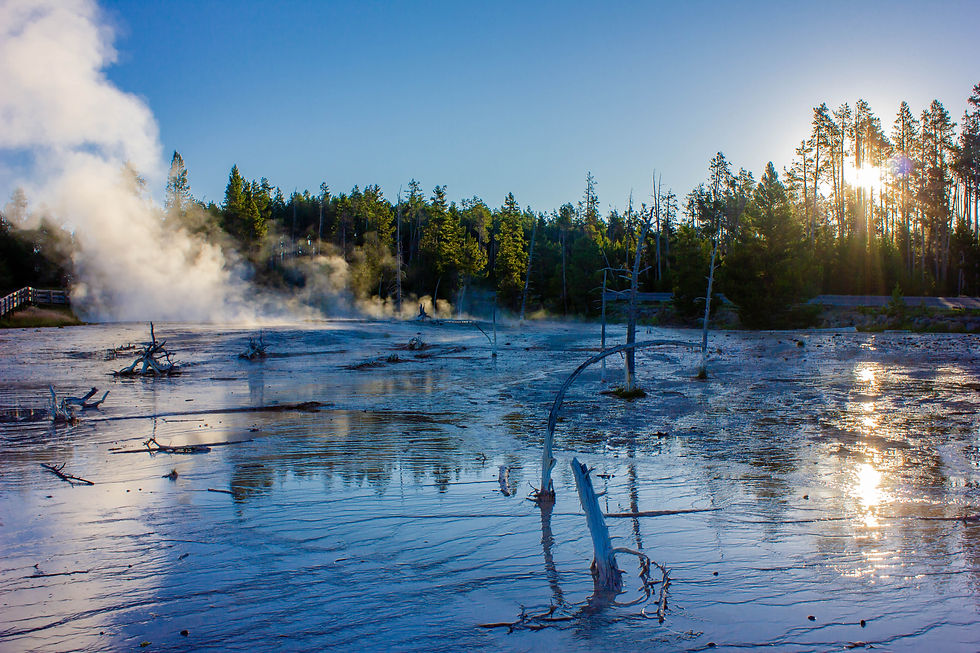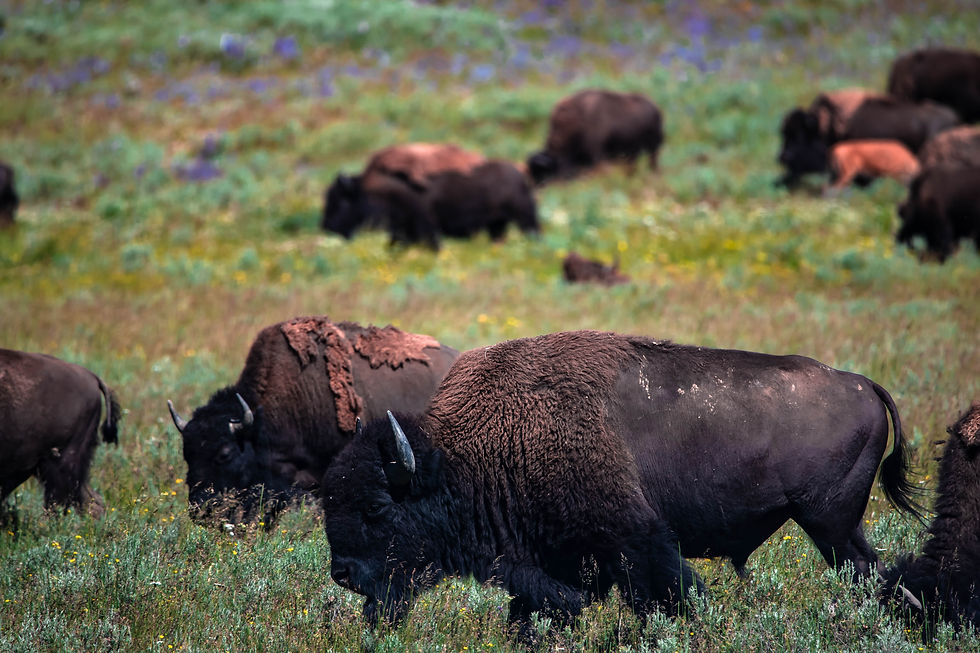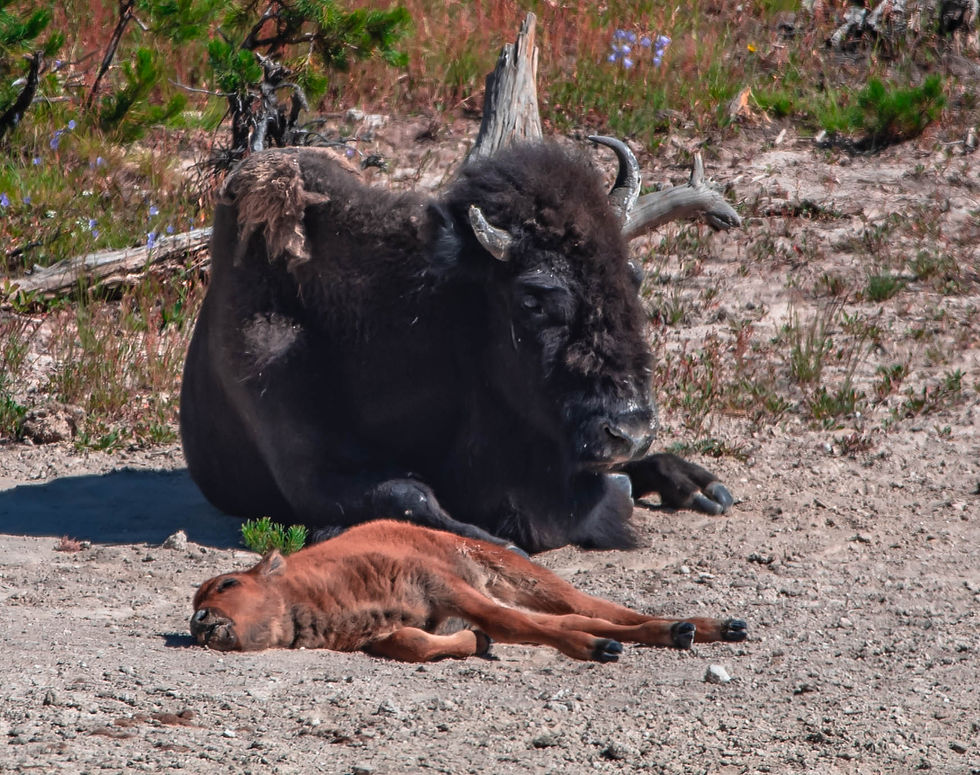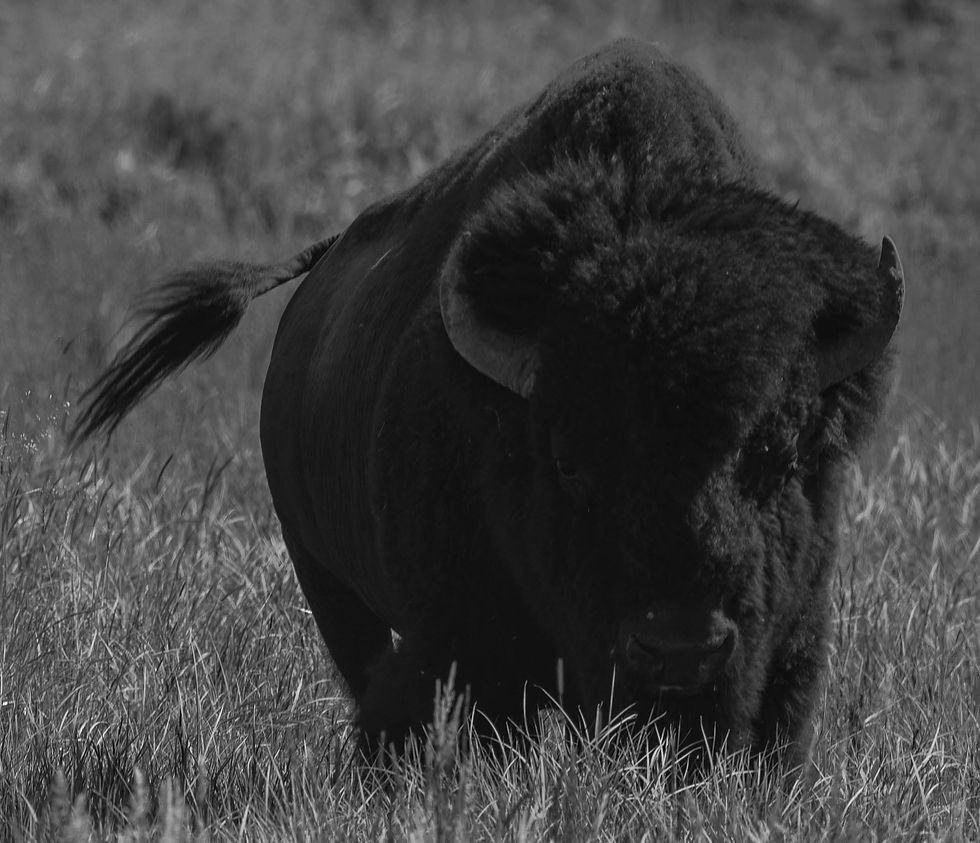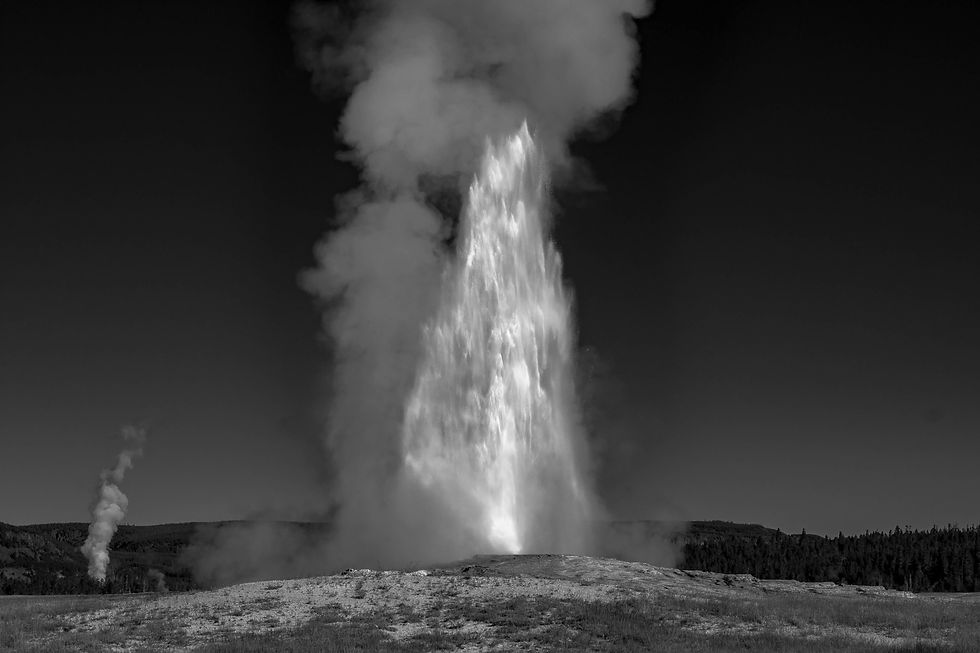
Yellowstone National Park
Idaho, Montana, and Wyoming USA
Yellowstone was established in 1872 and was the first national park in the United States, creating the Yellowstone National Park Protection Act and signed into law by President Ulysses S. Grant. The park contains the headwaters of the Yellowstone River, from which it takes its historical name. Yellowstone is known for its wildlife and its many geothermal features, especially the Old Faithful geyser,
The human history of the park began at least 11,000 years ago when Native Americans began to hunt and fish in the region, organized exploration did not begin until the late 1860s.
Yellowstone National Park is the centerpiece of the 20 million acres (80,940 km2; 31,250 sq mi) Greater Yellowstone Ecosystem, a region that includes Grand Teton National Park, adjacent National Forests, and expansive wilderness areas in those forests. The ecosystem is the largest remaining continuous stretch of mostly undeveloped pristine land in the contiguous United States, considered the world's largest intact ecosystem in the northern temperate zone. Yellowstone National Park itself spans an area of 3,468.4 sq mi (8,983 km2), comprising lakes, canyons, rivers, and mountain ranges. Yellowstone Lake is one of the largest high-elevation lakes in North America and is centered over the Yellowstone Caldera, the largest supervolcano on the continent. The caldera is considered a dormant volcano. It has erupted with tremendous force several times in the last two million years. Over half of the world's geysers and hydrothermal features are in Yellowstone, fueled by this ongoing volcanism. Lava flows and rocks from volcanic eruptions cover most of the land area of Yellowstone. The park is the centerpiece of the Greater Yellowstone Ecosystem, the largest remaining nearly intact ecosystem in the Earth's northern temperate zone. In 1978, Yellowstone was named a UNESCO World Heritage Site.
Hundreds of species of mammals, birds, fish, reptiles, and amphibians have been documented, including several that are either endangered or threatened. The vast forests and grasslands also include unique species of plants. Yellowstone Park is the largest and most famous megafauna location in the contiguous United States. Grizzly bears, cougars, wolves, and free-ranging herds of bison and elk live in this park. The Yellowstone Park bison herd is the oldest and largest public bison herd in the United States. Forest fires occur in the park each year; in the large forest fires of 1988, nearly one-third of the park was burnt. Yellowstone has numerous recreational opportunities, including hiking, camping, boating, fishing, and sightseeing. Paved roads provide close access to the major geothermal areas as well as some of the lakes and waterfalls.
In mid-1941, Ansel Adams, one of the greatest black and white, landscape, and environmental photographers of the 1900s, was contracted by the US Department of the Interior to capture images of its national parks, Native American reservations, and reclamation projects.
Ansel Adams has always been an inspiration to me sharing a passion for environmental issues. As a fellow environmental photographer, my book is all about exploring our connection to nature and our need for sustainability. Where I focused more on marine ecosystems Adams's focus was on National Parks, the national park system, and above all, the preservation of wilderness. He focused on what he termed the spiritual-emotional aspects of parks and wilderness and relentlessly resisted the Park Service’s “resortism,” which had led to the overdevelopment of the national parks and their domination by private concessionaires. But the range of issues in which Adams involved himself was encyclopedic. He fought for new parks and wilderness areas, for the Wilderness Act, for wild Alaska and his beloved Big Sur coast of central California, for the mighty redwoods, for endangered sea lions and sea otters, and for clean air and water. An advocate of balanced, restrained use of resources, Adams also fought relentlessly against overbuilt highways, billboards, and all manner of environmental mendacity and shortsightedness.
It has always been a dream of mine to photograph Yellowstone National Park ever since I saw my first black-and-white photo of the Old Faithful Geyser when I was a child. This image collection is to pay respect to the late Ansel Adams. Thank you for introducing me to photography and the love and connection to nature!!

